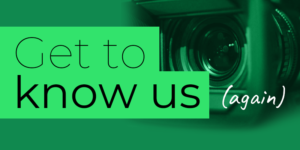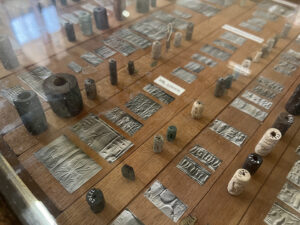by Lourn Eidal \\
Battle lines have been drawn. The fight between humans and their synthetic offspring promises to be costly and protracted. This conflict’s genesis springs from a virtual world we are only beginning to understand. It could shape our lives for years to come.
This may sound like the concept for this summer’s latest sci-fi blockbuster. It’s actually a legal issue that has resulted in several lawsuits filed this year. Depending on the outcome, the challenge brought by the art community against Artificial Intelligence (AI) developers that produce visual art could redefine copyright law and the future of original artists.
A class action lawsuit filed by artists against Stability AI, Midjourney, and DeviantArt claims that AI firms and other online art sources are infringing their rights, which occurs during the process of ‘training’ the technology. The plaintiffs (S. Andersen, K. McKernan, Karla Ortiz, et. al.) contend that the AI ‘scraped’, or sampled, billions of images available online without permission.
The Legal Issues
Many of these images are copyrighted, and artists have not received credit or licensing fees. Also, the AI-generated derivative works violate intellectual property rights of the original artists.
AI developers and other proponents of computer learning claim the fair use doctrine covers these activities. However, this defense will depend on the factors used on copyright law. This includes purpose/intention, how much of the source works were used, if the use is commercial or educational, and the impact on the market value of the work. Typical examples of fair use are commentary/review, education, and parody.
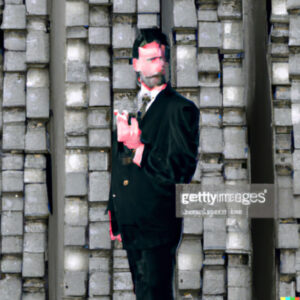
A Gathering Storm
Another lawsuit involves human artists vs. AI include Getty Images filing suit in the UK against Stability AI over use of copyrighted images without permission or consideration. Yet another class action lawsuit against GitHub’s CoPilot alleges similar transgressions. In some egregious examples, the AI generated images still contain watermarks embedded in the copyrighted source files, meant to protect against unfair reproduction.
We don’t know if the decisions made in the next 1-5 years will side with AI developers or human creators. However, regardless of the outcome, we think you will always benefit from working with a human artist.
The Case for Human Creativity
Firstly, we are aware of legal considerations involved with visual art and intellectual property. We are familiar with fair use, image licensing and proper credit and compensation. This means our clients avoid legal problems and major headaches.
Second, AI models can generate endless possibilities based on your text prompts. However they lack truly independent thought and vision for now. The options they generate don’t allow you the chance to refine them if they aren’t what you had hoped. They still struggle with details like rendering human hands. Text included in the artwork is somewhat recognizable, but is often gibberish. These issues and more can hamper your goals for a finalized art piece
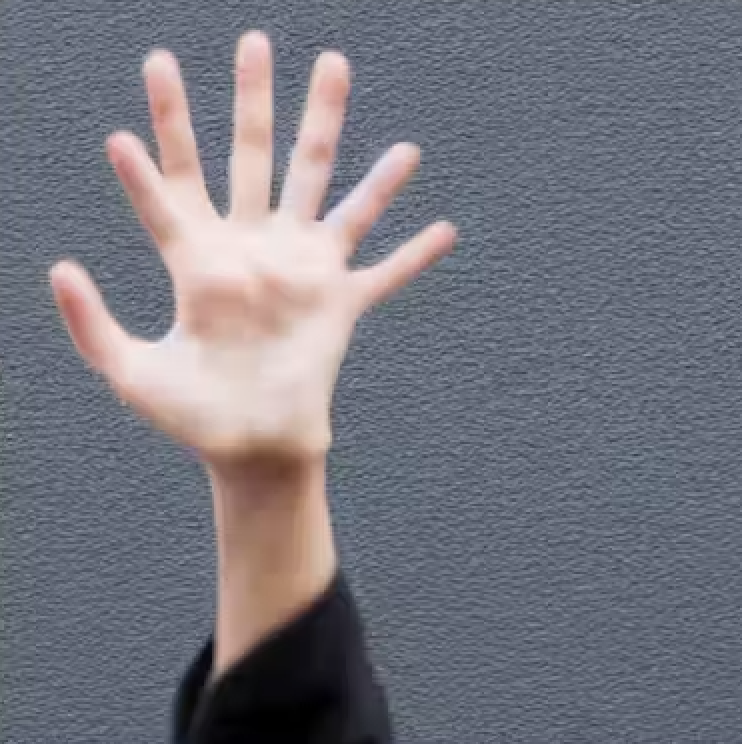
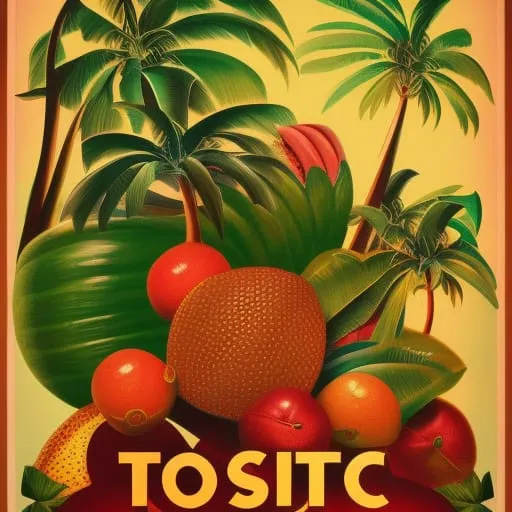
A Balanced Approach Grounded in Reality
We feel that this technology can be a powerful and compelling tool to add to the toolbox available for artists, but the strengths a human artist offer — envisioning a specific vision, adapting to unique situations, and using complex reasoning and problem solving — are paramount to serving our clients and their needs.
Contact us today to find out more about our full range of creative services.


